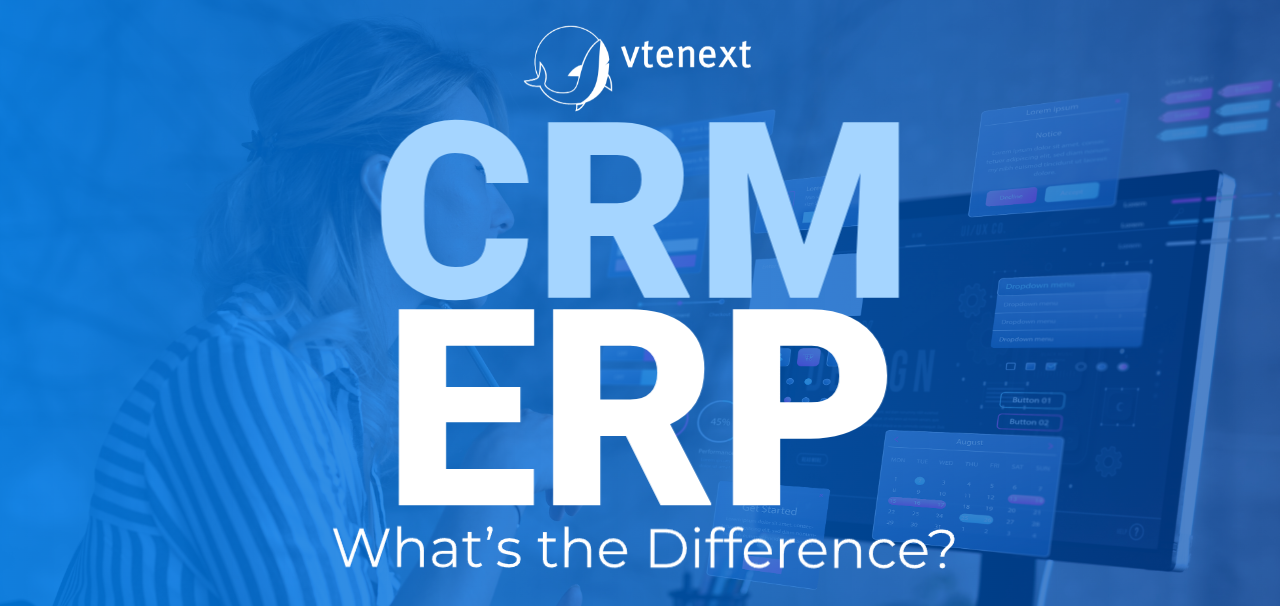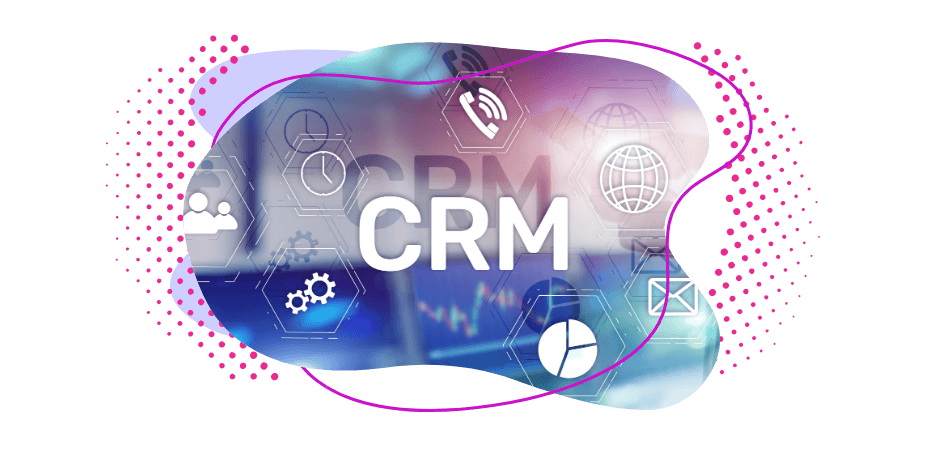Digital transformation has made business software essential tools for managing data and processes efficiently. Among the most adopted solutions there are CRM and ERP systems, both designed to centralize information and improve strategic decisions.
Although they share this function, they operate in different areas: the CRM optimizes interactions with customers and sales, while the ERP coordinates financial and operational resources. The choice between the two solutions – or their integration – depends on business needs and on the goal of creating a truly connected and effective digital system.
What is CRM
A Customer Relationship Management system is a technological platform designed to collect, organize and analyze information about customers. Its main function is to consolidate data from interactions with sales, marketing and service departments, creating a complete and up-to-date view of customers.
Initially developed to improve the management of business activities, CRM has evolved into a reference point for all communications between company and market. In addition to tracking sales, it allows you to customize marketing strategies, automate processes and improve customer service. Through advanced analytics, companies can identify recurring behaviors, predict customer needs and optimize loyalty activities.
What is ERP
An Enterprise Resource Planning system is a software platform that coordinates and integrates essential business processes within a single digital infrastructure. Starting with financial management, it extends to areas such as procurement, production, logistics, human resources, and order management, ensuring a uniform and reliable flow of information between the various departments.
ERP was born out of the need to overcome the operational fragmentation typical of growing companies, where several tools and isolated databases can slow down operations and increase the risk of errors. Through a centralized database, it allows you to monitor business activities in real time and optimize resource allocation. By automating repetitive operations and reducing the need for manual input, it improves efficiency and provides consistent data to support strategic decisions.
In addition to its organizational function, ERP promotes scalability: a growing company can adapt the system to new requirements without having to resort to piecemeal solutions.
Differences between CRM and ERP
Although CRM and ERP are both responsible for optimizing business management through efficient use of data, they operate with distinct objectives and approaches.
CRM focuses on business growth through improved customer relationships: it organises information about interactions, tracks communications and helps personalize sales and marketing strategies.
The latter, on the other hand, is designed to ensure control and operational efficiency by integrating financial, logistical and production processes into a single structured environment.
Another key difference is the type of data they manage: CRM works with external data, analyzing customer behavior and optimizing business interactions, while ERP focuses on internal data, centralizing accounting, management and operational information to improve productivity and resource planning.
Usage also differs: CRM is often used by sales, marketing and customer service teams, while ERP is a cross-functional tool useful for administrative, financial and logistics departments. Despite the differences, both systems are complementary and, if well integrated, can help to build a stronger and more efficient organisation.
What are the advantages?
As mentioned above, CRM and ERP can be useful in the same way for business management and in a complementary way. Each brings with it specific benefits.
CRM improves customer interaction by collecting detailed data on preferences, purchase history and communications. This allows you to personalize your sales and marketing strategies, optimize customer service and increase loyalty. Advanced analysis systems help identify growth opportunities and anticipate market needs.
The ERP, on the other hand, has the task of centralizing and automating internal processes, improving financial, operational and logistic management. It ensures greater efficiency in resource planning, reduces manual errors and accelerates accounting. Access to updated data in real time enables faster and more informed decision-making, giving the company greater control over costs and operational performance.
Integration between CRM and ERP amplifies the benefits of both systems: on one hand, effective customer management translates into more accurate sales forecasts; on the other hand, a solid operating structure ensures that the company can respond efficiently to demand.
What are the similarities?
Although CRM and ERP have separate functions, they share a common goal: to optimize business processes through the strategic use of data. Both centralize critical information, eliminate organizational silos and support decisions with in-depth analysis. They are also highly scalable and can be deployed on-premise or in the cloud, providing flexibility and remote access to data.
Integration between CRM and ERP creates a connected business ecosystem, where customer information is combined with operational and financial data. This link supports consistency between demand and production capacity, improves stock management and optimises resource planning. For example, a sales department connected to an updated ERP system can know in real time the availability of products, avoiding unrealizable promises and reducing the risk of mismatches between supply and demand.
On the financial side, an integrated system allows more transparent control of the sales cycle. Immediate access to data such as credits, billing and order history allows you to predict future revenues and plan investments with greater confidence.
Choose vtenext to help your business
In an environment where effective data management is a prerogative, the real advantage is choosing the right solution that integrates customer relationship management and operational control. vtenext responds to this need by combining the advanced functionalities of a CRM with the possibility of integration with ERP systems, creating a more cohesive and structured workflow.
This system allows real-time synchronization of business and operational data, ensuring a unified view of customers, sales and internal processes. Automation of repetitive tasks and centralization of information improve efficiency, optimize resource planning and reduce the margin for error. In addition, the platform’s flexibility makes it easy to adapt to changing business needs, supporting growth without weighing down day-to-day operations.

